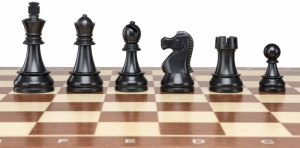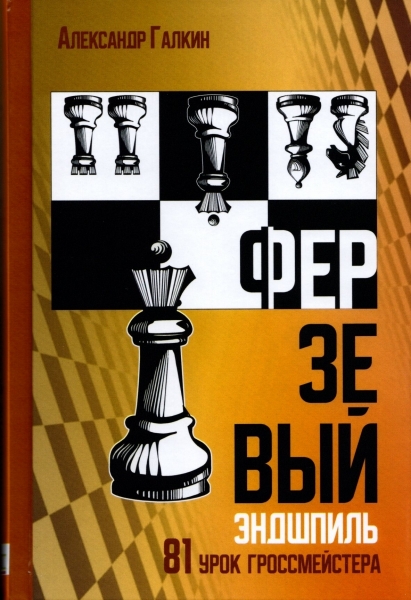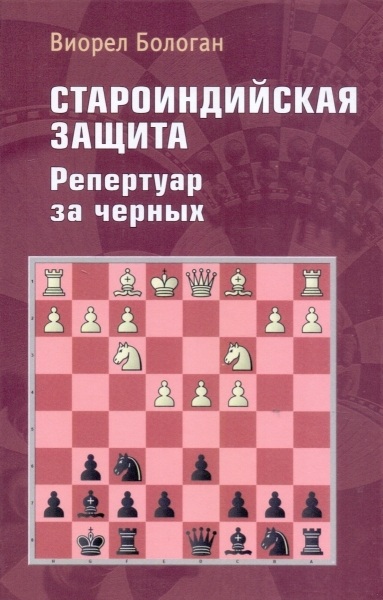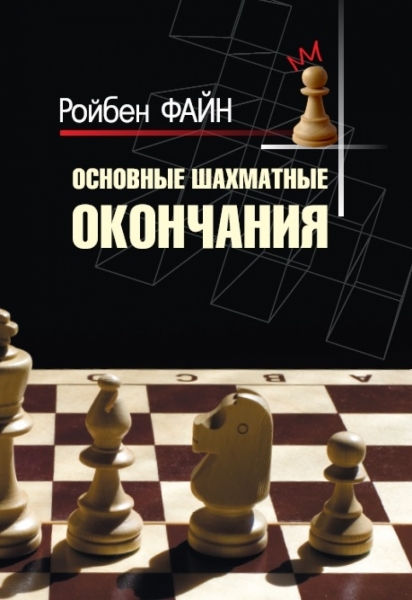Yearbook 71
- Publisher: New In Chess
- Language: English
- Volume: 248
- Binding: soft
- DateOfIssue: 2004
paper book
47.68 $
Description:
NIC Forum
Readers from all over the world join in discussions of previous surveys. Both (grand) masters and club players shed their light on new discovery and search together for the truth. With contributions by John Watson, Jacob Aagaard, and many others.
Sosonko & Corner
Yasser Seirawan believes 1.e4 is "obviously the most aggressive move", but Evgeny Sveshnikov takes it a step further. He is a man of strong opinions and labels 1.e4 as "the strongest young sisters" Garry Kasparov classified all openings after 1.e4 and explains why Sveshnikov stopped playing the Sveshnikov Variation In reply to a fashionable way to circumvent his latest love (4 ... e5!) Sveshnikov has developed a new gambit.
Book Review
The word "repertoire" is used universally, but not always explained. So for that matter is the term "World Champion", but that & amp; s another story. In his column Glenn Flear reviews Khalifman & s two books on the repertoire of Vishy Anand (1.e4) and gives it "thumbs up". He asked a man to have a look at them and give his opinion. His reaction: "I don & amp; t buy chess books any more, but I & ll make an exception for these two! Plus Konstantin Sakaev & s book on How to Get the Edge Against the Gruenfeld.
33 NIC Surveys Yearbook 71
Sicilian Defense: Najdorf Variation 6.Bg5, by Van der Tak
Sicilian Defense: Najdorf Variation 6.Be3 e5, by Lukacs / Hazai
Sicilian Defense: Dragon Variation 9.Bc4, by Golubev / Aagaard
Sicilian Defense: Dragon Variation 9.Bc4, by Anka
Sicilian Defense: Sveshnikov Variation 10 ... f5, by Nikitin
Sicilian Defense: Taimanov Variation 6.Be3, 7.Qd2, by Fogarasi
Sicilian Defense: Paulsen Variation 5.Nc3 b5 6.Bd3, by Van der Wiel
Pirc Defense: Austrian Attack 4.f4, by Tzermiadianos
French Defense: Exchange Variation 4.Nf3 Bd6, by Boersma
French Defense: MacCutcheon Variation 4 ... Bb4, by Glek
French Defense: MacCutcheon Variation 4 ... Bb4, by Cebalo
French Defense: Winawer Variation 7.Qg4 0-0, by I.Almasi
Caro-Kann Defense: Classical Variation 4 ... Bf5, by Lukacs / Hazai
Caro-Kann Defense: Classical Variation 4 ... Bf5, by Greenfeld
Petroff Defense: Jaenisch Variation 6 ... Be7, by Karolyi
Ruy Lopez: New Arkhangelsk Variation 6 ... Bc5, by Lukacs / Hazai
Italian Game: Two Knights Defense 4.d3, by Tiviakov
Philidor Defense: Antoshin Variation 5 ... Be7, by Fogarasi
Albin Counter-Gambit: 5 ... Nge7, by Raetsky / Chetverik
Queen's Gambit Declined: Exchange Variation 3 ... Be7, by Boersma
Slav Defense: Krause Variation 6.Ne5, by Rogozenko
Slav Defense: Meran Variation 6.Qc2, by Karolyi
Tarrasch Defense: Rubinstein Variation 6.g3, by Bosch
Nimzo-Indian Defense: Rubinstein Variation 4.e3, by Bosch
Queen's Indian Defense: Miles Variation 4.Bf4, by Gavrilov
Grünfeld Indian Defense: Anti-Grönfeld 4.Bf4, by Rytshagov
King's Indian Defense: Classical Variation 7 ... Qe8, by Greenfeld
King's Indian Defense: Gligoric Variation 7.Be3, by Van der Weide
Volga Gambit: Dlugy Variation 5.f3, by Tay
Queen's Pawn Opening: Trompowsky Variation 2.Bg5 c5, by Nijboer
English Opening: Reversed Sicilian 2 ... c6, by Raetsky / Chetverik
English Opening: Symmetrical Variation 4 ... d5, by Marin
Rйti Opening: Markowski Variation 4.Qa4, by Dautov
-
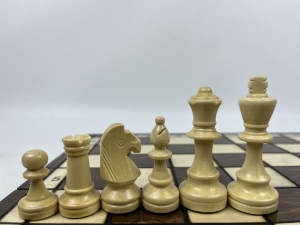 Staunton 4 Wooden Chess Pieces with 40 cm board
92.25 $
Staunton 4 Wooden Chess Pieces with 40 cm board
92.25 $
-
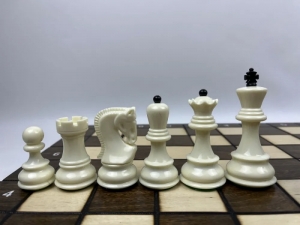 Dubrovnik-Zagreb - Bobby Fischers favorite chess set with a wooden board
119.25 $
Dubrovnik-Zagreb - Bobby Fischers favorite chess set with a wooden board
119.25 $
-
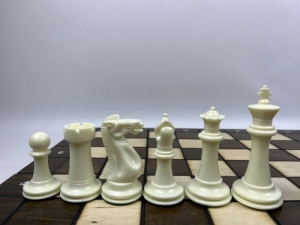 Royal Staunton weighted chess set with wooden board.
108.00 $
Royal Staunton weighted chess set with wooden board.
108.00 $
-
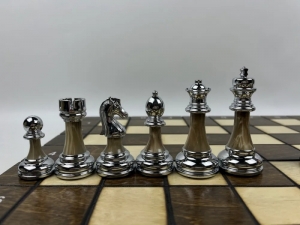 High quality acrylic + metal heavy chess pieces with 48cm wooden board.
239.73 $
High quality acrylic + metal heavy chess pieces with 48cm wooden board.
239.73 $
-
 Wooden chessboard without pieces 40 cm / Poland Madon
70.00 $
Wooden chessboard without pieces 40 cm / Poland Madon
70.00 $
-
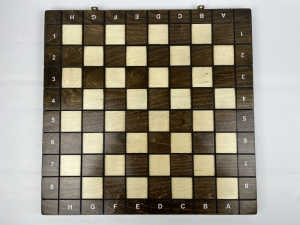 Large wooden chessboard without figures / Poland Madon
87.50 $
Large wooden chessboard without figures / Poland Madon
87.50 $
-
 I am the parent of a chess player. (Edition of 500 copies)
Author:
I am the parent of a chess player. (Edition of 500 copies)
Author:
Muromtsev 13.75 $ -
 Personalized gift to the President of the Russian Federation A.V. Filatov to the Candidates Tournament 2020 Yekaterinburg
70.00 $
Personalized gift to the President of the Russian Federation A.V. Filatov to the Candidates Tournament 2020 Yekaterinburg
70.00 $
-
 Attacking chess of the 21st century
Author:
Attacking chess of the 21st century
Author:
Franco 19.00 $ -
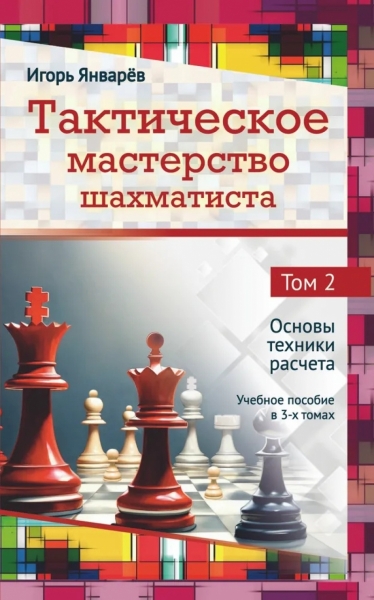 Tactical Mastery of a Chess Player. Volume Two. Fundamentals of Calculation Techniques
Author:
Tactical Mastery of a Chess Player. Volume Two. Fundamentals of Calculation Techniques
Author:
Yanvarev 19.00 $
 Русский
Русский  Английский
Английский 